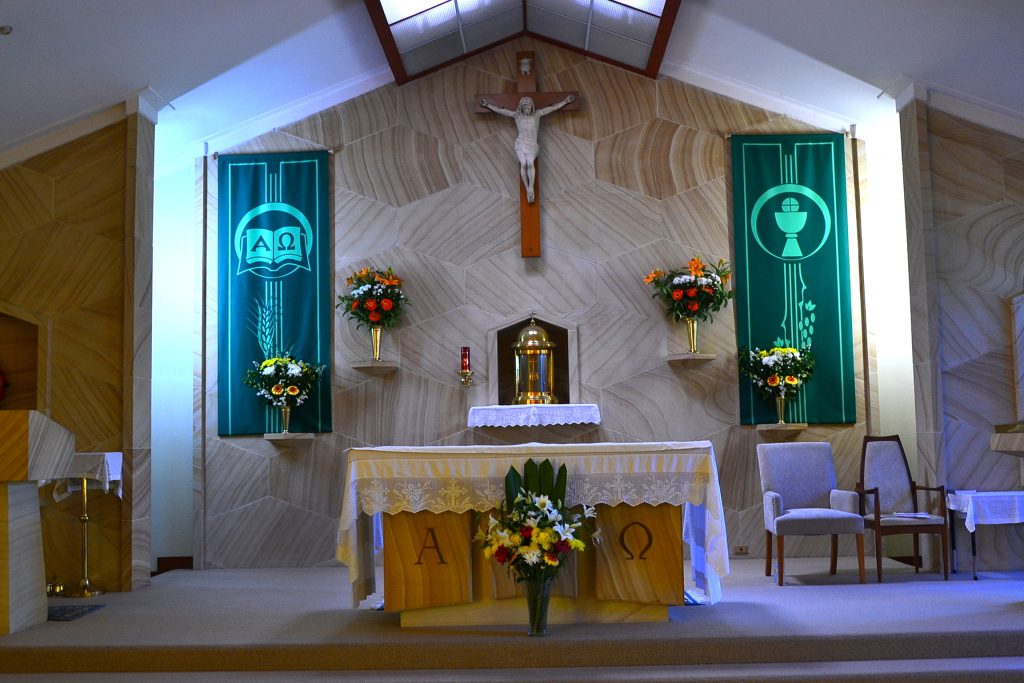
It began as a dawn of hope and prayer the first week of school, a Mass at Annunciation Catholic Church in Minneapolis filled with children, parents, and parishioners. In less than 8:27 a.m., the sanctuary had become the scene of one of the city’s most horrific acts of violence in recent times.
1. The Attack Timeline
Minneapolis Police Chief Brian O’Hara said the first 911 calls were made at 8:27 a.m. on Wednesday morning. In under 8:31 a.m., a police officer had arrived, guided by a parishioner to the scene where the gunman was. The gunman, who was later revealed to be Robin Westman, 23, had shot with a rifle through the church windows and had a shotgun and pistol at hand. Three shotgun shells, 116 rounds of rifle ammunition, and a single live round for a jammed handgun were found by investigators.

2. The Human Cost
Two kids just 8 and 10 years old were killed while they sat in the pews. Eighteen others were injured, including 15 children ages 6 to 15 and three parishioners in their 80s. Hospitals across Minneapolis were quickly activated: Hennepin County Medical Center had 10 patients, one adult and five children in critical condition. Children’s Minnesota treated seven pediatric patients, releasing four by Wednesday night. All injured children are predicted to be okay.

3. The Shooter’s History
Westman, of suburban Minneapolis, acted alone and took his own life with a self-inflicted gunshot wound in the back of the church. Police say that all three weapons had been legally purchased in the previous few months, and no Minnesota law would have banned the sales. Westman was not known to have a criminal past but was at the church a few weeks ago, apparently stalking. Warrants at three residences tied to Westman uncovered additional guns and scores of evidence items, including electronic devices.

4. Motive and Hate Crime Classification
The FBI is investigating the attack as domestic terrorism and a hate crime against Catholics. FBI Director Kash Patel has stated that Westman left “several anti-Catholic, anti-religious quotes,” declared “hatred and violence toward Jewish people,” and even wrote “an overt call for violence against President Trump on a gun magazine.” A manifesto video to be uploaded while the shooting took place has been removed from YouTube.
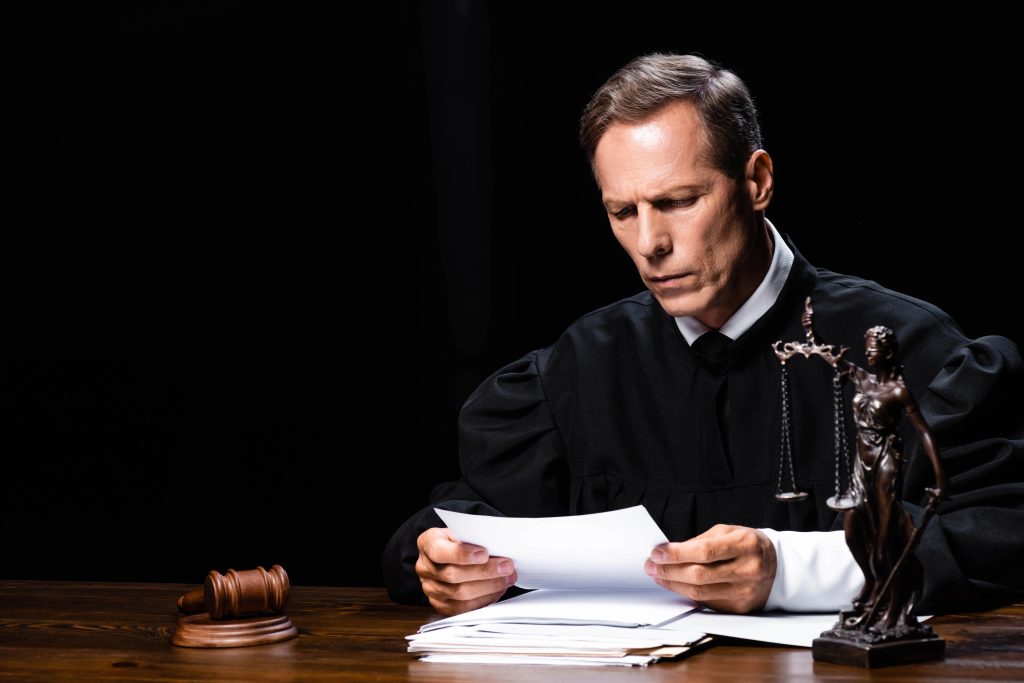
5. Legal Loopholes and Prevention Measures
Minnesota’s “red flag” law, effective as of January 2024, allows family or police to request a judge to remove guns from someone who poses a threat. There was no petition even after initial warning signs in Westman’s videos and writings. As policy attorney Spencer Meyers explained, “People are still finding the law and this highlights the importance of ensuring that people know about these laws that are available and how to benefit from them.” 284 petitions have been filed in Minnesota for only 2025 itself, and out of them, only 5% were rejected.

6. Community and Political Response
Mayor Jacob Frey demanded something other than “thoughts and prayers,” requiring, “These kids were literally praying in church. They should be able to go to school or church in peace.” Attorney General Keith Ellison required a reinstatement of a federal ban on assault weapons, pointing to its previous success in reducing mass shootings. Both officials required that preventing future tragedies involves legislative and societal change.
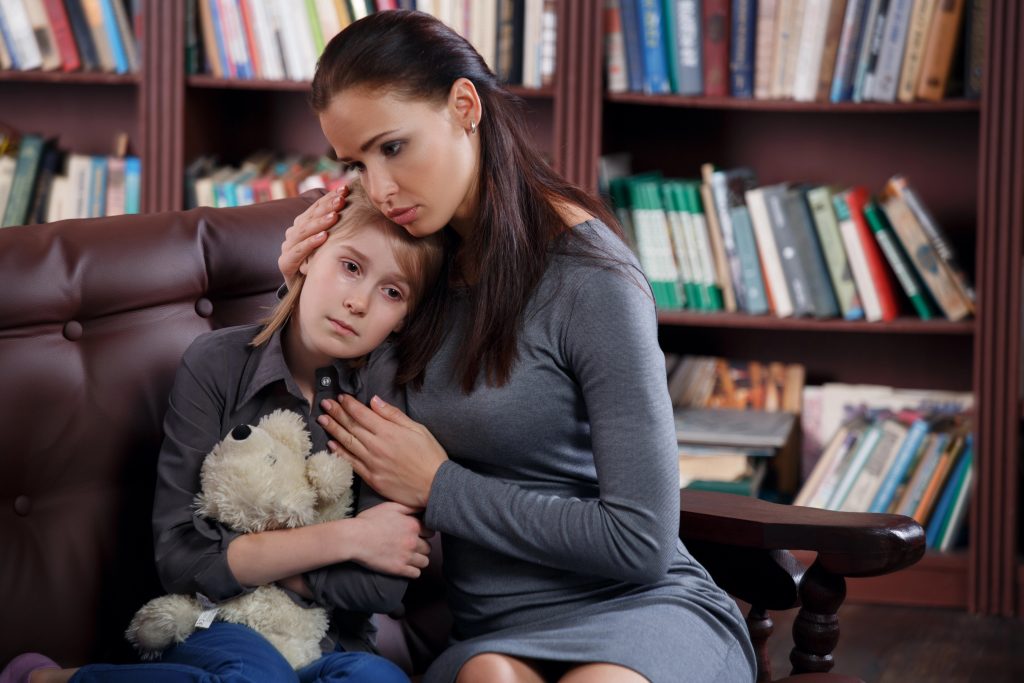
7. Supporting Children in Processing the Trauma
After violence, children will look to parents and caregivers to determine the safety of their situation. The professionals recommend starting with an inquiry about what has been learned and addressing misinformation in a gentle manner. Parents need to “check in with yourselves first” and then talk to kids before they can remind them of the “helpers” in school teachers, counselors, even bus drivers who are present to protect them.
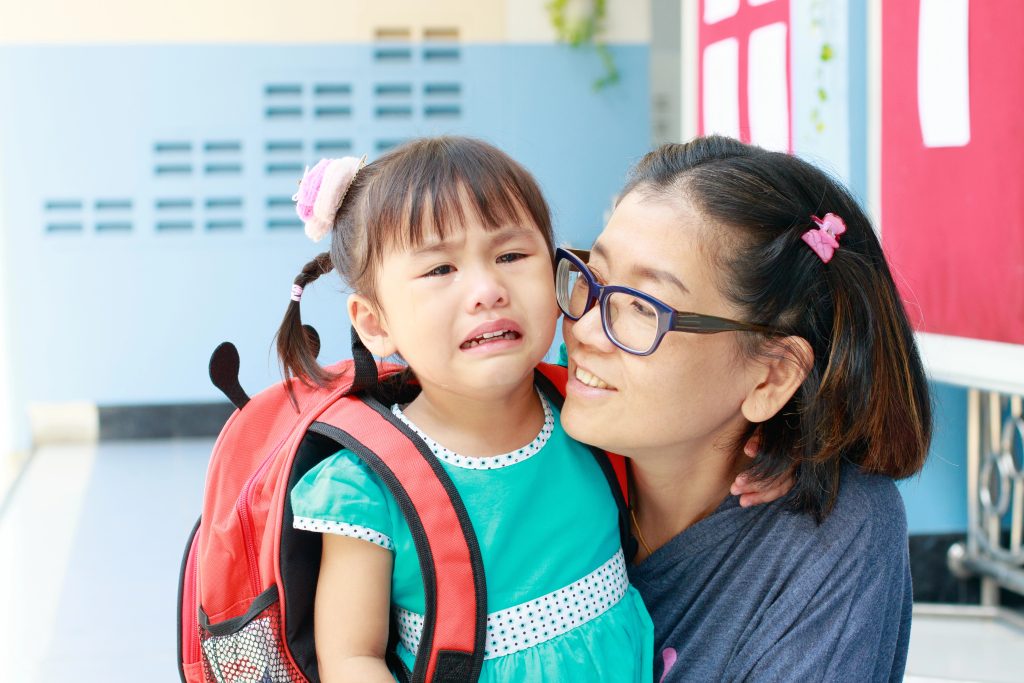
8. Identifying Signs of Stress
Children may manifest distress as nightmares, withdrawal, irritability, or avoidance of school. Young children just show depression and anxiety, says pediatrician Marc Gorelick, while older children acquire post-traumatic stress. Clinging to routines, validating fears, and providing safe spaces for expression through verbal communication, art, or writing are all recovery milestones.

9. Fostering Long-Term Resilience
Tragedy-healing communities are internally connected and communicate well. Learning from Sandy Hook, social work-led initiatives show how shared activities, support networks, and collective goals can bring people closer together. As explained by one Newtown leader, “Where there is healing, there is hope, and with the right model, communities can heal.”
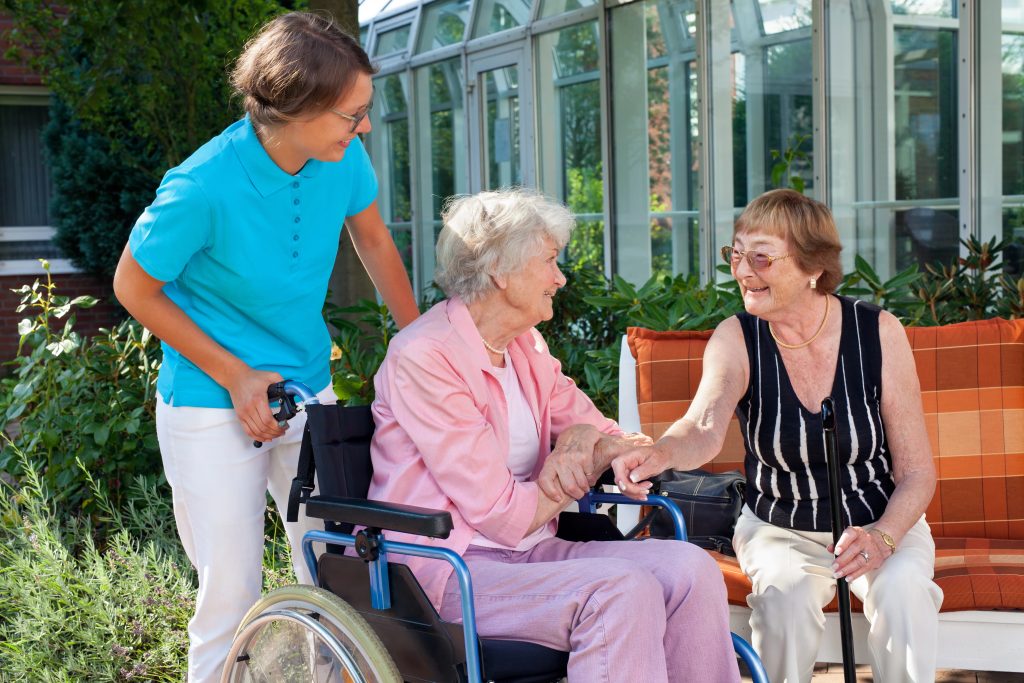
10. Taking Care of the Adults, Too
Children model caregivers’ coping strategies. Experts all stress that caregivers must self-regulate, model healthy coping, and seek help when needed. As clinical psychologist Daniel Marullo explains, “If you want to help your child, you’ve got to help yourself. It’s not that you hide your emotions, but you manage your emotions.”
In Minneapolis, the grief is raw, but the strength of the community is apparent through the crisis response of first responders, through policy reform demands, and through the daily, unarticulated acts of kindness among neighbors. The future will be built from both watchfulness and compassion, so that children can gather again in schools and churches without fear.


